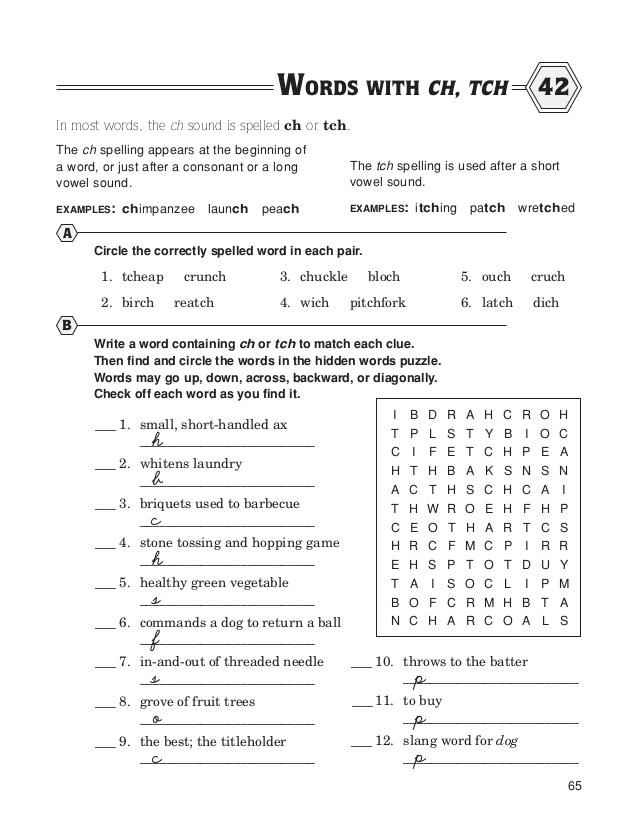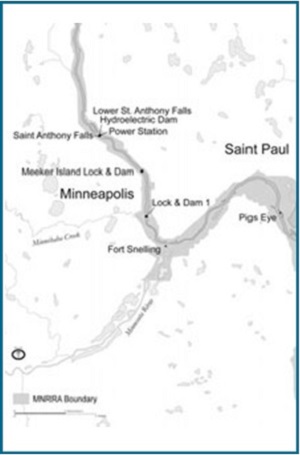

Appended U.S.Get Instant Access to eBook Unit 1 The Driving Task Chapter 4 Answers PDF at Our Huge LibraryUNIT 1 THE DRIVING TASK. A central feature of this textbook is its "Capstone Cases," placed at the end of each chapter to provide actual court opinions that illustrate important themes in the law. Remaining chapters address the legal and social dimensions of homicide, assault, battery, other personal crimes, property crimes, and computer crimes offenses against public order and the administration of justice offenses against public morality victims and the law and punishment and sentencing. Various aspects of the defense of insanity are considered in Chapter 7.

Categories of excuses include duress, intoxication, mistake, age, entrapment, and syndrome-based defense enhancements.

Excuses as defenses are reviewed in Chapter 6. Chapter 5 features overviews of the types of defenses, the nature of defenses, and justification as a defense (necessity, self-defense, resisting unlawful arrest, defense of others, defense of home and property, and consent). Topics addressed are criminal attempt, criminal conspiracy, criminal solicitation, and parties to crime. Chapter 4 considers inchoate offenses and parties to crime. The third chapter is entitled, "Expanding the Concept of Crime." Subsections of this chapter focus on corpus delicti and additional elements of crime, notably causation, resulting harm, the principle of legality, and necessary attendant circumstances. Criminal liability and the essence of crime are the topics of the second chapter, as it focuses on the adversarial system and the basic elements of crime.

A chapter on the nature and history of criminal law defines "criminal law," and discusses its purpose, historical sources of current law, the Federal system, and the Model Penal Code.


 0 kommentar(er)
0 kommentar(er)
